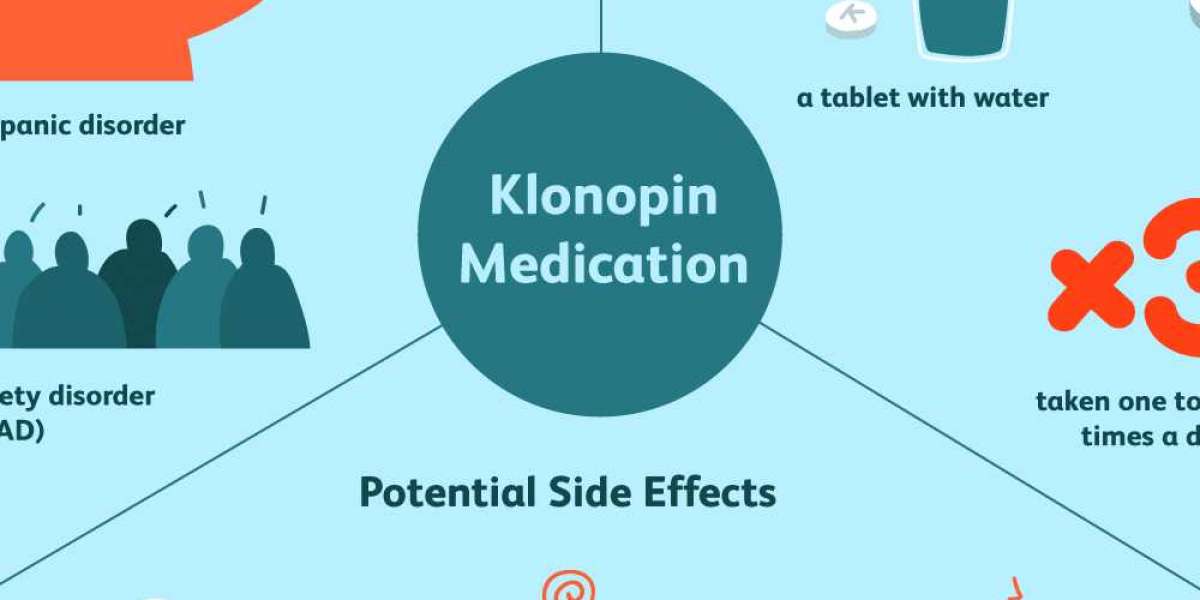Anxiety is your body's natural response to stress. This feeling of apprehension or fear is common for most of us when we start a new job or school, give a speech, or take an important test. But if your anxiety continues for more than six months, affects your daily life, or interferes with your relationships, it could be a sign of anxiety disorders. Read on to learn more about how to identify and treat anxiety disorders.
Treatment options for anxiety disorders
There are several treatment options for anxiety disorders. While the cause of anxiety can vary from person to person, exposure therapy is often an effective method for treating some cases. This therapy involves strategically and gradually exposing a patient to specific triggers. Lifestyle changes can also help alleviate symptoms of anxiety disorders. Avoiding harmful substances and engaging in regular aerobic exercise can all help to reduce the likelihood of developing anxiety disorders. If you're concerned about your health or you're worried about an upcoming event, try talking to your doctor about the best options.
Various medications may be used for anxiety. These include antidepressants, SSRIs, and benzodiazepines. Some patients may require long-term drug therapy. Complementary therapies may also be helpful. Whatever treatment method you choose, it's important to follow the recommended schedule. Avoid skipping sessions of psychotherapy and taking medications as prescribed. You'll be more likely to experience lasting results if you stick with your treatment plan.
Genetics
Although the exact cause of anxiety disorders is unknown, some researchers suggest that certain genetic variations may contribute to the development of this disorder. Identical twins are genetically identical and the difference between them is mostly the result of the twins' environmental experiences. Some studies have shown that cortisol is heritable, implying that genes play a role in anxiety. Genetics contributes about thirty to fifty percent of anxiety risk.
The research team involved in the Genetics of Anxiety Disorders project focuses on two types of anxiety disorders. One is panic disorder, while the other focuses on obsessive-compulsive disorder and related disorders. It also studies the interplay between genetics and the environment in predicting anxiety disorders. In both types of studies, a single gene, SATB1, was linked with both depression and anxiety.
Environment
There are several associations between environmental conditions and the prevalence of anxiety disorders. Individuals who report symptoms of social anxiety are often introverts and have low emotional stability, traits that are associated with an increased risk of social anxiety. Although genetics plays a role in long-term risk, environment has the greatest influence on the development of social anxiety. The social environment and a person's social phobias are directly related to the risk of social anxiety.
Environmental factors may contribute to the onset of anxiety disorders. Childhood experiences, cultural upbringing, and family composition may influence a person's level of anxiety. Childhood trauma can increase an individual's risk of anxiety later in life. In addition, life events and social situations may cause anxiety, such as getting fired from a job. Other factors associated with an individual's social anxiety include overprotective parenting styles, family members, and the social environment.
Stress level
The difference between stress and anxiety is the degree of severity. While both are common emotional responses to events and situations, they have distinctly different causes and treatments. Stress is an arousal response that occurs as a result of an external event, usually a threat. Such events can be short-term or long-term, and can include work deadlines, a fight with a loved one, discrimination, and chronic illness. The result is that people suffering from stress experience physical and mental symptoms. Anxiety, on the other hand, is characterized by excessive worry that persists and has an underlying cause. These symptoms are essentially the same.
Both stress and anxiety are linked. While the former responds to similar coping mechanisms, anxiety disorders are more severe. People with mild stress and anxiety tend to respond well to physical exercise, a balanced diet, and proper sleep hygiene. But if the stress level is high, they should seek professional help. Untreated anxiety disorders can lead to serious depression and physical illnesses. Stress can affect behaviour and relationships. The good news is that there is no cure for anxiety disorders.
Brain changes
Researchers have shown that patients with generalized anxiety disorder (GAD) show reduced BSV in several brain regions, including the frontoparietal network, limbic system, and sensorimotor cortex. These changes are consistent with impaired inhibition and reduced capacity for transfer between different brain states. Additionally, patients with GAD exhibit an inflexible pattern of brain state transfer. These findings suggest that the underlying neural mechanisms in GAD are linked to altered BSV and altered cellular processes.
In adults, the hippocampus continues to produce neurons. However, chronic stress can inhibit the growth of these neurons and cause them to shrink. Chronic stress also alters the production of myelin, a fatty substance that protects neurons. This increase in myelin can disrupt nerve signals and contribute to anxiety symptoms. In addition, repeated activation of memory can impair a person's memory and lead to anxiety.
Trauma
Anxiety and post-traumatic stress disorder are two of the most common conditions associated with trauma, and they are both life-changing events. Recent studies have found that children who have experienced trauma are more likely to develop mental health problems in adulthood. The National Center for PTSD has compiled data on childhood trauma, and found that children who experienced trauma as children had higher rates of anxiety disorders and other mental health problems as adults. While no one knows exactly what causes these conditions, it is clear that they are related.
Anxiety and trauma are common mental health conditions, and both are highly treatable. The cognitive aspects of trauma often combine with the autonomic arousal associated with anxiety. Anxiety symptoms include tense muscles, sweating, and a racing heart. Anxiety disorders are also often accompanied by changes in behavior, such as avoiding certain situations. Anxiety can become so ingrained that it can significantly affect the person's life, and working with a therapist to overcome this can provide much-needed help.




Alphonsus Odumu 7 w
Anxiety disorder